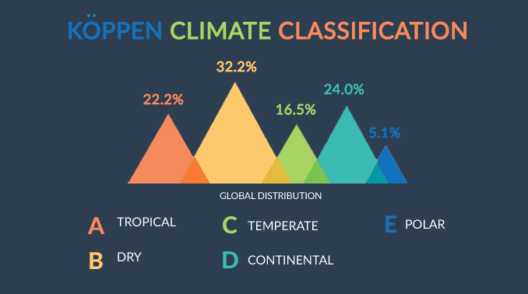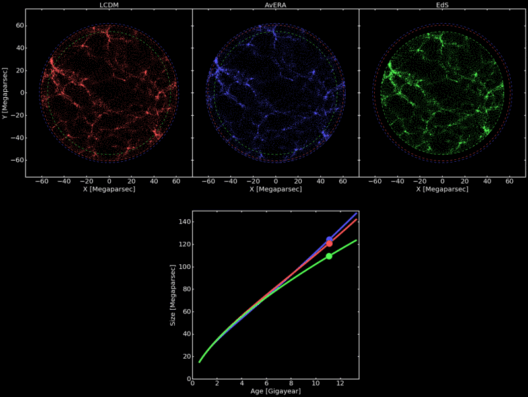Energy conservation within the human body is akin to the meticulous orchestration of a grand symphony. Each note and pause plays a critical role in generating harmonious movement, just as various biochemical processes work in concert to maintain homeostasis and power our activities.
At the core of this metabolic symphony lies the process of cellular respiration, where the body converts food into energy. This phenomenon occurs in the mitochondria, often dubbed the “powerhouses” of the cell. Here, glucose—obtained from carbohydrates—undergoes glycolysis, a complex procedure that breaks it down into pyruvate, generating adenosine triphosphate (ATP). ATP functions as the crucial energy currency of nearly all biological processes, enabling the body to function efficiently, akin to how currency fuels an economy.
The process of energy conservation does not end with the production of ATP. The body exhibits a remarkable ability to conserve energy during periods of inactivity. During sleep, for instance, metabolic processes slow down, and energy consumption is reduced significantly. This is nature’s way of fostering repair and restoration, allowing tissues to regenerate and replenish. During sleep, energy is shunted toward vital functions, such as cognitive processing and muscle repair, thus illustrating the significance of rest as an energy-conserving mechanism.
In addition to sleep, another significant factor in energy conservation is the thermoregulation of the body. Our internal thermostat cleverly adapts to environmental fluctuations. When temperatures soar, the body activates sweat glands, promoting evaporative cooling. Conversely, in colder climates, blood flow is redirected from the extremities to vital organs, conserving heat. This physiological dance of energy regulation serves to protect the internal environment of the body and is a prime example of energy conservation in action.
Hormonal regulation also plays a pivotal role in energy conservation. The endocrine system releases hormones such as insulin and glucagon to maintain glucose homeostasis. Insulin facilitates the uptake of glucose into cells when energy is in surplus, while glucagon prompts the release of stored glucose when energy is scarce. This dynamic interplay ensures that energy is conserved and utilized efficiently based on the body’s immediate needs and reserves, much like a well-managed savings account that allows for withdrawals when necessary but encourages saving for the future.
Furthermore, energy conservation is prevalent in athletic performance. Highly trained athletes exhibit a refined energy efficiency during exertion. Their muscles have adapted to deliver power with minimal energy expenditure by optimizing the utilization of oxygen, enhancing endurance, and delaying the onset of fatigue. This phenomenon may be compared to a finely tuned engine that operates at peak performance while using less fuel—an impressive example of evolution in action.
Moreover, the body’s adaptive responses extend beyond physical training. When encountering long-term caloric restriction, the body undergoes metabolic adaptations that lower the basal metabolic rate (BMR). This process serves as a survival mechanism during periods of starvation, demonstrating how energy conservation is not merely a biological necessity but also an evolutionary advantage. The human body’s ability to learn and adapt can be likened to a survival strategist, constantly recalibrating its strategies to navigate challenges with efficacy.
Moreover, the integration of energy conservation and environmental conscientiousness cannot be overlooked. The human body embodies principles of sustainability through its efficient mechanisms of energy utilization and conservation. Adopting healthier lifestyle practices, such as mindful eating and regular physical activity, can further enhance the body’s energy efficiency. When individuals opt for whole foods over processed alternatives, they not only nourish their bodies but also reduce waste, paralleling the concept of reducing carbon footprints in the pursuit of environmental health.
On a cellular level, the intricate network of enzymes catalyzes biochemical reactions, optimizing energy extraction. Enzymes are akin to highly skilled laborers, each possessing specialized knowledge to expedite processes with remarkable precision. The energy released during metabolic reactions is harnessed to regenerate ATP, highlighting the perpetual cycle of energy usage and conservation that underpins life itself.
Furthermore, the energy conservation in your body extends to neurological functions. The brain, though constituting only a fraction of body weight, consumes an astounding 20% of total energy expenditure. Neurons, with their complex wiring and synaptic connections, communicate and process information efficiently, akin to an advanced information technology system that efficiently performs multiple functions without unnecessary interruptions.
In conclusion, energy conservation in the human body is a sophisticated interplay of cellular metabolism, hormonal regulation, environmental adaptation, and physical efficiency. Each mechanism works in harmony to ensure that the energy we obtain from our diet is utilized effectively, preserved judiciously, and conserved during periods of need. Understanding these complex processes invites a deeper appreciation for our bodies as dynamic systems that embody principles of resilience and efficiency, further drawing parallels to our collective responsibility to conserve the energy of our planet for the sake of future generations.




